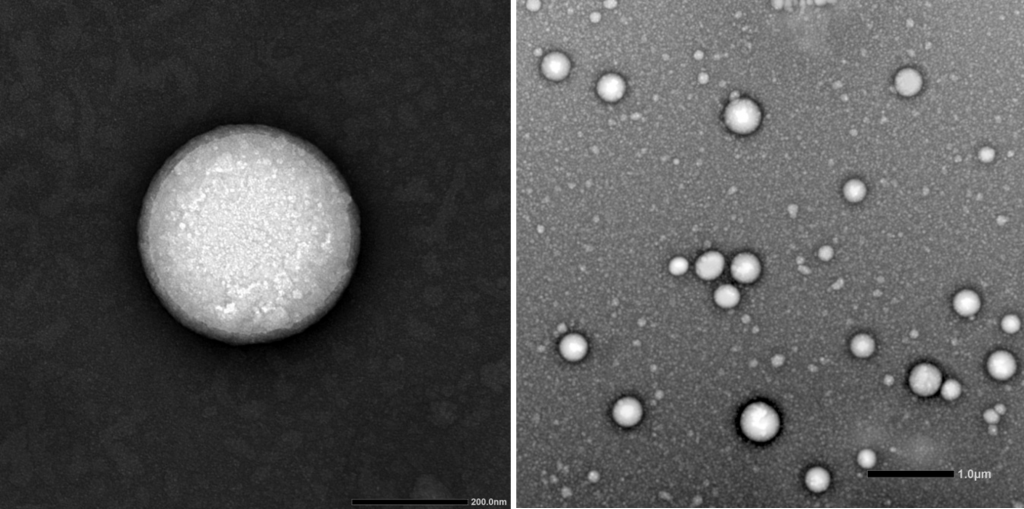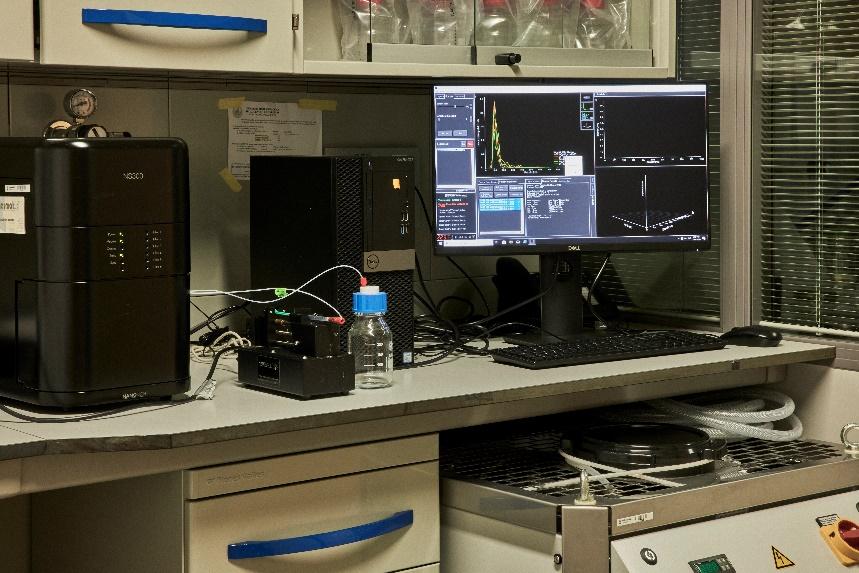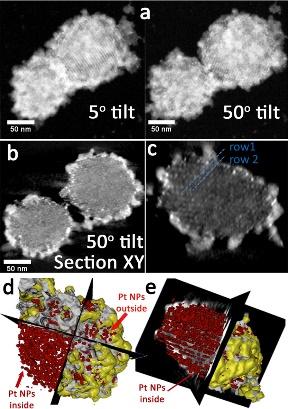U10-S03. Design & Development of lipid nanoparticles (Remote) OUTSTANDING
Design & Development of solid lipid nanoparticles [SLNs (solid lipid nanoparticles), NLCs (nanostructured lipid carriers), LNPs (self-assembled lipid nanoparticles) and niosomes]











